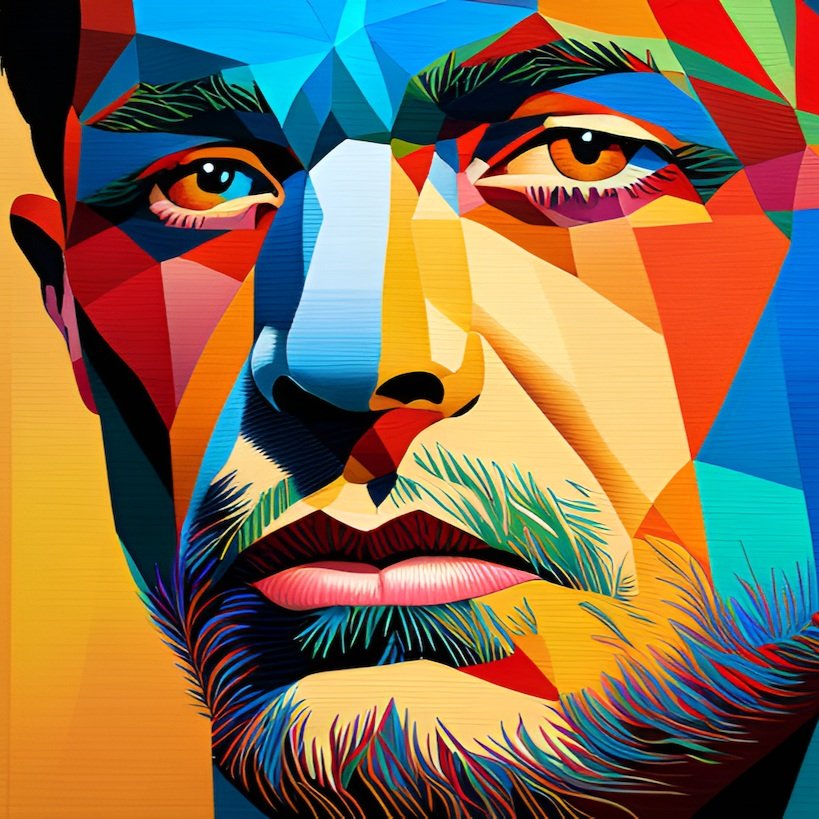Articles from metaphor

Sprouts: Nurturing and Filtering Ideas in the Age of Generative AI
This post is inspired by a delightful New York Times column by Madison Malone Kircher titled "The Beautiful Chaos of Apple Notes." Picking up on a recent TikTok trend, Kircher asked her readers to share their most "unhinged" Apple notes to themselves . As Kircher points out, "The Notes app occupies an odd perch in the digital landscape. Since its contents aren't usually intended for consumption by anyone else, we are under no pressure to make sense." I began sifting through the flotsam and jetsam of my Apple Notes stream, searching for traces of my own now-unhinged thoughts. However, given my interest in generative AI, I decided to take it a step further and explore what GPT-4 could create from the scraps I discovered, using my reading notes and newsletter articles as its primary data sources. I wondered whether I could use generative AI to rejuvenate these notes and reconnect them to my current network of interests, thoughts, and writing. Here’s result of my experiment and my thoughts on nurturing and filtering ideas in the age of generative AI.
The Third Body and the Material World
Imagination is commonly thought of as something that lives within us, more precisely in our heads. But the body also participates in creative imagination, as does the material world around us. Transitioning from the comfort of one’s imagination to the limitations inherent in the material world is challenging. However, rendering our ideas in the physical world also enhances your imagination. The resistance we encounter from the materials in our chosen medium sparks our imagination. Creativity is what we make of our imagination, of our thoughts, of our self. The way forward is always through the work.

The Patterning Instinct and Creativity
Pattern-seeking has been on my mind, partly because it plays a significant role in generative AI, which I’ve also been thinking and writing about. However, I have been reflecting on the impact of patterns on the creative process for longer than I’ve been thinking and writing about generative AI. This is because patterns are also crucial in the creation and appreciation of art.

Reverb: Voices and Vibrations in Generative AI
At this point, it’s somewhat of a cliche to state that generative AI systems serve as a mirror, reflecting our collective cultural heritage. However, the notion that these systems reveal the ideas, patterns, and biases deeply ingrained in our culture is still apt, particularly if you shift your perspective from thinking of generative AI as a reflection of ourselves in a mirror to a different sensory perception—what we hear, which is most often the voice of others. The auditory experiences of echo, reflection, reverberation, and resonance can help us understand the essential question raised by the brief appearance of the persona Sydney in Microsoft’s early preview of Bing Chat: Who is speaking?

Amplify Your Intelligence
Generative AI is not just a new tool: it’s a new medium. Our interactions with generative AI produce tangible artifacts that express our creative intentions. Like other mediums (oil painting, for example), each generative AI system has its own characteristics that you have to consider as you work with it to express your intentions. And like other expressive mediums, generative AI systems have inherent limitations that you can only overcome with insight and invention—just as the Old Masters had to learn how use vanishing lines, shading, and techniques to create the optical illusions that create a sense of three-dimensional space on a two-dimensional surface.

The Next Probable Word: Generative Text Tools
Generative AI has touched a cultural nerve. Every day there’s a fresh wave of stories, articles, and opinion pieces on the latest advances in generative AI. The frenzy over generative AI will fade, as all stories do in our headline driven news environment, but generative AI is here to stay. We don’t know its full potential, its limitations, or the real dangers it poses. What we do know is that thoughtful discussion and debate on these important topics requires a shared understanding of the technologies themselves. This article is focused on text generation tools, including GPT-3 and ChatGPT.

Casting Spells: The Art of Text-to-Image Generative AI
Generative AI is a type of artificial intelligence that’s capable of analyzing vast amounts of data (text, images, music, video, code, and more) to produce new, unique content. What makes generative AI special is the last part of the sentence above—generative AI systems use existing data to produce unique and creative output that hasn’t been seen before. This article will help you get started with generative text-to-image tools like DALL·E, Stable Diffusion, and Midjourney.

The Mirror and the Lens
How do you see the world? The literal answer is that you see through your two eyes. But it's not that simple. The pictures of the world you carry in your head are fabrications assembled from what you see with your unaided vision and what you see through the myriad lenses that alter what you see with your naked eyes. Generative AI, and especially generative image creation tools, are something new. But the connection between image making and technology is not new. In fact, it’s older than we’ve previously believed.
